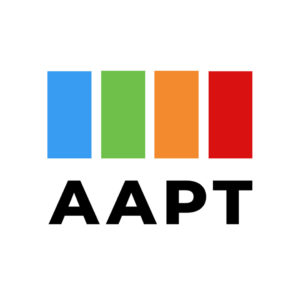v.5 online first three articles
Volume 5 is nearly complete and will be available soon!
Volume theme: From Research to Learning
Editor: David W. Concepción
The following are already available in the online first format:
Gwen Daugs
“Rancière and Pedagogy – Knowledge, Learning, and the Problem of Distraction”
In this essay, I analyze the pedagogical system contained within Jacques Rancière’s , paying special attention to the conceptions of knowledge and learning that follow from the presupposition of the equality of intelligence between teachers and students. From this, I show how the Rancièrian pedagogical system introduces the problem of distraction and suggest that the phenomenon of distraction in learning presents a problem for emancipatory teachers. I conclude by considering the role that pleasure plays in learning and suggest that cultivating pleasure minimizes the problem of distraction.
Juli K. Thorson
“Drawing for Understanding, Insight, and Discovery”
The literature on drawing provides a justification for using drawing in the teaching of philosophy. The aim of the essay is to show how drawing as a pedagogy, though unusual in philosophy, fulfills high-quality teaching desiderata: make it personal, go beyond the text, allow students to show and explain their work, and unify the work of the course. I explain these four desiderata and how students complete drawing exercises to develop understanding, generate insights, and make philosophic discoveries. I begin by explaining and justifying the pedagogical desiderata. I discuss the literature on drawing-to-learn and concept mapping and apply its insights to teaching philosophy. Finally, I describe my exercises on color theory, two-point perspective exercises, my modifications to concept mapping, and the use of summative drawings.
Andrew P. Mills
“Letting Students Choose – Investigating the Menu Approach to Graded Work”
Traditionally, students have no choice over which assignments they must submit to receive the grade they desire in a course. An alternative “menu approach” (developed by Maryellen Weimer in 2002) provides students with a list of possible assignments and lets them select which to submit. This approach is demonstrated to increase student engagement with course material, motivate students to engage in creative work, and allow students to choose assignments that allow them to best demonstrate their learning. Student reaction is mixed: some like the choice but others are stressed and overwhelmed by it. This may result from the increased responsibility they must shoulder under the Menu Approach. Some questions remain about the link between increased engagement and student learning, questions that may form the basis for future research on the Menu Approach.
Check them out by clicking their titles above or going to https://www.pdcnet.org/aaptstudies/onlinefirst
The rest of the volume is on its way and the final versions will be available soon.
